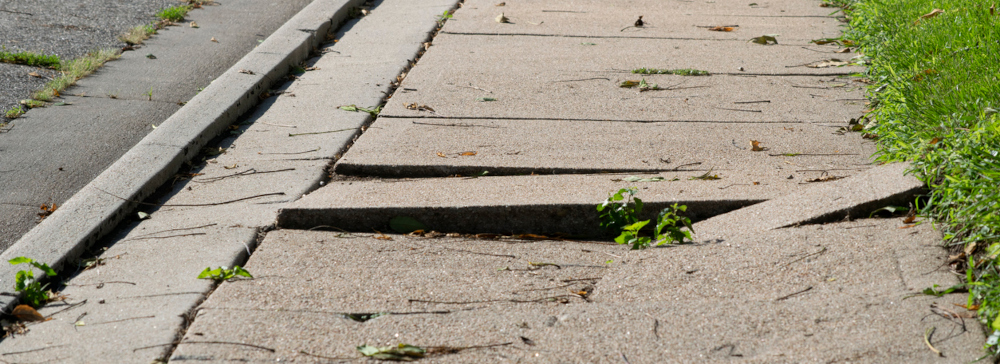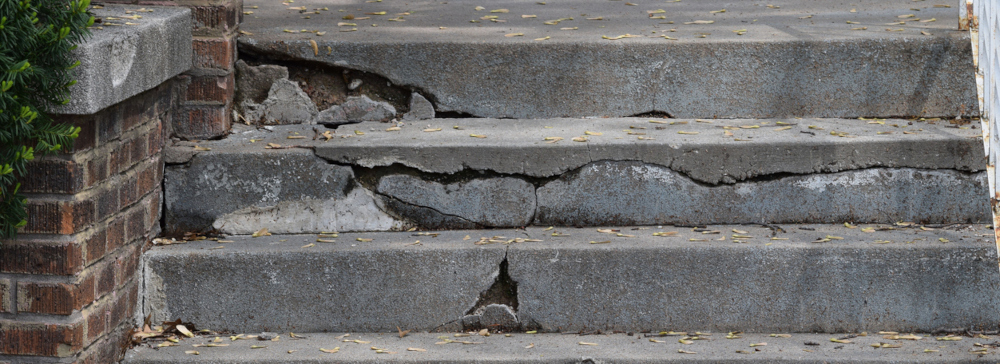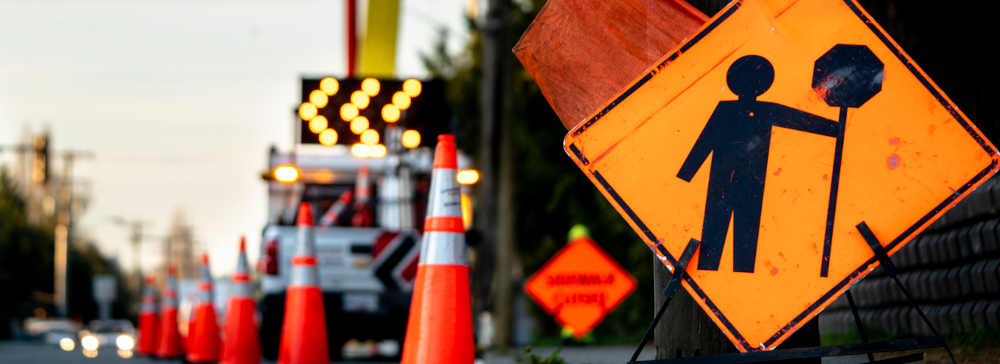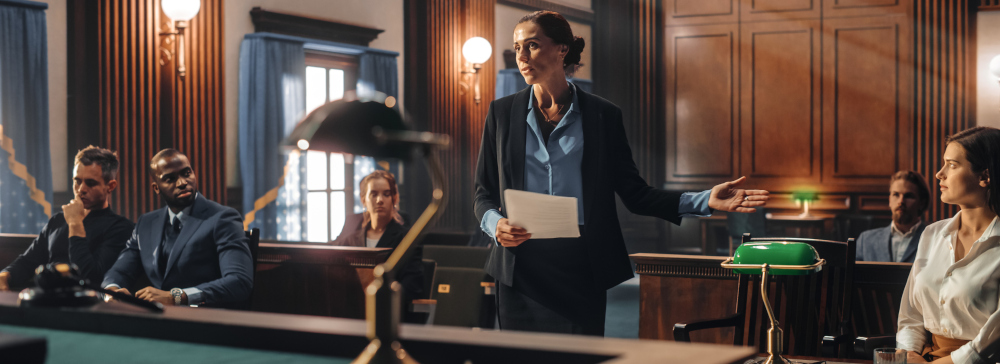California has a high number of slip and fall hazards due to its diverse climate, varied terrain, and extensive urban development. Coastal areas experience moisture buildup, fog, and rain, creating slick surfaces, while inland regions face dust accumulation and uneven ground. Earthquakes and shifting soils contribute to cracked sidewalks and unstable surfaces, increasing trip hazards. Additionally, construction zones, high foot traffic in cities, and poorly maintained public spaces make slips and falls more frequent.
At Salamati Law in Los Angeles, our team is committed to maximizing your slip and fall settlement so you have the financial resources to rebuild your life. We work to achieve the best possible outcome for every client, seeking compensation for all damages, including medical bills, lost wages, and pain and suffering. Call us today to schedule a free consultation about your slip and fall accident. We’re happy to answer your questions and assess your case.
1. Wet Outdoor Surfaces
Wet surfaces are among the most common slip-and-fall hazards in California. This is often caused by inclement weather, coastal fog, and leaking pipes. When sidewalks, parking lots, and building entrances are not adequately maintained or lack warning signs, pedestrians and workers face an increased risk of serious injuries.
2. Uneven Surfaces

Uneven surfaces, such as cracked sidewalks, potholes in parking lots, or uneven flooring, can cause someone to trip and fall. These hazards are prevalent in older infrastructure, earthquake-prone areas, and poorly maintained properties, where shifting ground and wear over time create dangerous walking conditions. Without proper repairs or warning signs, individuals can easily lose their balance, leading to sprains, fractures, or head injuries from unexpected falls.
3. Poor Lighting
Insufficient lighting is not only an inconvenience but also a potential hazard. Dimly lit areas can make seeing uneven surfaces or other hazards difficult, increasing the risk of slips and falls. Property owners should ensure all areas are well-lit and regularly maintain lighting fixtures.
4. Broken Staircase or Handrails

Handrails and steps provide stability and support when walking up or down stairs. However, if they are loose or damaged, they can give way when someone puts weight on them. Regular inspection and maintenance of staircases help prevent slip-and-fall accidents.
5. Obstructions or Cluttered Walkways
Obstructions or cluttered walkways create tripping hazards by forcing individuals to navigate around misplaced objects, loose wires, or debris, increasing the risk of losing their balance. In busy areas like construction sites, parking lots, warehouses, or retail spaces, poor housekeeping, and inadequate lighting can make these obstacles even more dangerous, leading to serious falls and injuries.
6. Rainy Weather
Rainy weather increases the risk of slip and fall accidents by making sidewalks, parking lots, and building entrances slick and hazardous. Water accumulation, combined with mud, wet leaves, or poorly drained surfaces, can create slippery conditions that make it easier for pedestrians to lose their footing and fall.
7. Construction or Renovation Zones

Construction and renovation zones pose slip, trip, and fall hazards due to uneven surfaces, exposed wiring, loose debris, and misplaced tools or materials. Poor lighting, wet conditions, and temporary walkways further increase the risk, making it essential for workers and visitors to navigate these areas with caution.
8. Loose or Uneven Carpeting and Rugs
Loose or uneven carpeting and rugs create tripping hazards by catching a person’s foot, causing them to stumble or lose balance. When not properly secured, folded edges, unsecured mats, or worn-out fibers can lead to unexpected falls, especially in high-traffic areas or workplaces.
9. Spilled Liquids in Shopping Malls and Grocery Stores
Spilled liquids in shopping malls and grocery stores create slip and fall hazards by making floors unexpectedly slick, increasing the risk of falls for customers and employees. If spills are not promptly cleaned or marked with warning signs, unsuspecting shoppers can lose their footing, leading to injuries such as sprains, fractures, or head trauma.
10. Freshly Mopped Floors in Office Buildings
Freshly mopped floors in office buildings create slip hazards by leaving surfaces wet and slick, making it easy for employees and visitors to lose footing. Without proper warning signs or adequate drying time, unsuspecting individuals may step onto the wet area, increasing the risk of falls and potential injuries.
Schedule a Free Consultation with Salamati Law

Our team of experienced Los Angeles slip and fall lawyers have successfully handled numerous slip-and-fall cases and are committed to fighting for the compensation you deserve. Do you believe property owners failed to follow the necessary steps to prevent your fall? Contact us today for a free consultation. Remember, you don’t pay unless we win your case.
